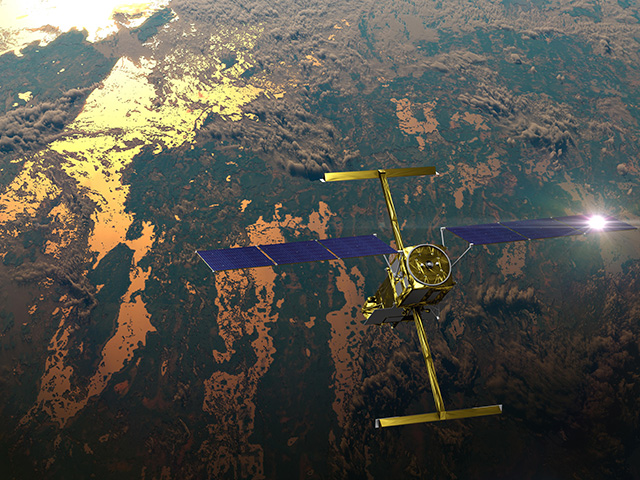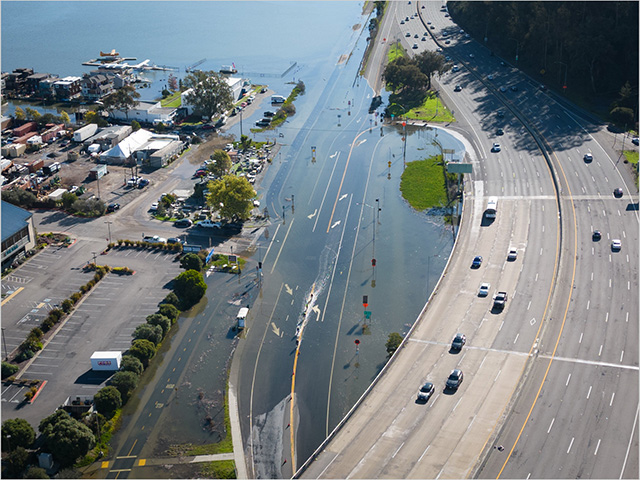News | January 21, 2014
NASA set for a big year in Earth science with 5 new missions
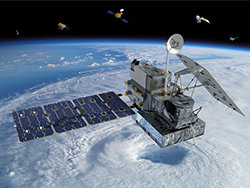
The five launches, including two to the International Space Station (ISS), are part of an active year for NASA Earth science researchers, who also will conduct airborne campaigns to the poles and hurricanes, develop advanced sensor technologies, and use satellite data and analytical tools to improve natural hazard and climate change preparedness.
NASA satellites, aircraft, and research help scientists and policymakers find answers to critical challenges facing our planet, including climate change, sea level rise, decreasing availability of fresh water, and extreme weather events.
"As NASA prepares for future missions to an asteroid and Mars, we’re focused on Earth right now," said NASA Administrator Charles Bolden. "With five new missions set to launch in 2014, this really is shaping up to be the year of the Earth, and this focus on our home planet will make a significant difference in people’s lives around the world."

The GPM Core Observatory is scheduled to launch on Feb. 27 from JAXA's Tanegashima Space Center on a Japanese H-IIA rocket. The spacecraft was built at NASA's Goddard Space Flight Center, Greenbelt, Md.
In July, NASA will launch a mission to advance our understanding of carbon dioxide's role in climate change. The Orbiting Carbon Observatory (OCO)-2, a replacement for a mission lost after a launch vehicle failure in 2009, will make precise, global measurements of carbon dioxide, the greenhouse gas that is the largest human-generated contributor to global warming. OCO-2 observations will be used to improve understanding of the natural and human-induced sources of carbon dioxide and how these emissions cycle through Earth's oceans, land and atmosphere.
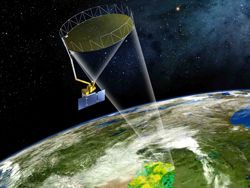
With the November launch of NASA's Soil Moisture Active Passive (SMAP) mission, NASA will track Earth's water into one of its last hiding places: the soil. SMAP will map Earth's soil moisture, and provide precise indications of the soil's freeze-thaw state, to improve understanding of the cycling of water, energy, and carbon. High-resolution global maps of soil moisture produced from SMAP data will inform water resource management decisions on water availability around our planet. SMAP data also will aid in predictions of plant growth and agricultural productivity, weather and climate forecasts, and monitoring floods and droughts.
SMAP will launch from Vandenberg onboard a Delta II rocket. JPL manages the mission.
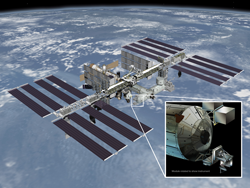
Two Earth science missions will be sent to the International Space Station this year to measure ocean winds, clouds, and aerosols, marking NASA's first use of the orbiting laboratory as a 24/7 Earth-observing platform. The new instruments are the first of a series that will observe Earth routinely from the orbiting laboratory.
The space station has served as a unique platform advancing scientific research and technological discovery for more than 13 years. Its mid-inclination orbit allows for observations at all local times over nearly 85 percent of Earth's surface. NASA plans to launch five Earth-observing instruments to the ISS through 2017. These missions are developed and operated jointly by the International Space Station Program and the Earth Science Division.
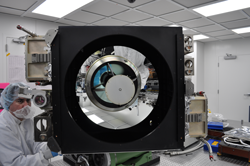
The new Cloud-Aerosol Transport System (CATS) is a technology demonstration mission using three-wavelength lasers to extend satellite observations of small particles in the atmosphere from volcanoes, air pollution, dust, and smoke. These aerosol particles pose human health risks at ground level and influence global climate through their impact on cloud cover and solar radiation in Earth's atmosphere. CATS is scheduled to launch Sept. 12 on another SpaceX ISS commercial resupply flight from Cape Canaveral Air Force Station.
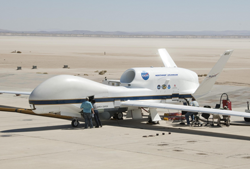
NASA also uses a wide array of research aircraft equipped with sophisticated sensors to advance Earth science research. This year, NASA is sponsoring 12 flight campaigns that will study the polar ice sheets, urban air pollution, hurricanes, ecosystem health and more over the United States, Central and South America, Antarctica, and the Arctic Circle.
Putting satellite data to work meeting local and regional needs around the world is another part of NASA's Earth science mission. In 2014, projects sponsored by the NASA Applied Sciences Program will tackle ecosystem issues in the Gulf of Mexico, water scarcity in the U.S. Southwest, and flood management in the Mekong River delta.
NASA continues to push the boundaries of current technologies to find new ways to see our complex planet in more detail and with greater accuracy. This year, NASA's Earth Science Technology Office will test new sensors to improve measurements of water levels in lakes and reservoirs, carbon dioxide, terrestrial ecosystems, and natural hazards such as earthquakes and tsunamis.
NASA monitors Earth's vital signs from land, air and space with a fleet of satellites and ambitious airborne and ground-based observation campaigns. NASA develops new ways to observe and study Earth's interconnected natural systems with long-term data records and computer analysis tools to better see how our planet is changing. The agency shares this unique knowledge with the global community and works with institutions in the United States and around the world that contribute to understanding and protecting our home planet.
Learn more about NASA's Earth science activities in 2014.
Learn more about NASA's latest Earth science findings.


